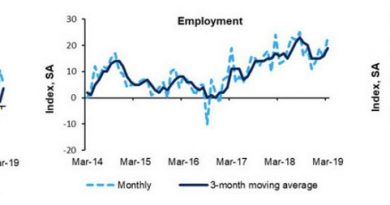Variability Definition in Statistics and Finance How To Measure
Contents
Variability: Definition and Measurement
What Is Variability?
Variability is the divergence of data points in a statistical distribution or data set from the average value, as well as the differences between these data points. In finance, this concept is commonly applied to investment returns. Understanding the variability of investment returns is crucial for professional investors as it helps assess the level of risk associated with investments.
Key Takeaways
- Variability refers to the divergence of data from its mean value, commonly used in statistics and finance.
- In finance, variability is applied to investment returns, and investors generally prefer investments with higher returns and lower variability.
- Variability standardizes investment returns and allows for meaningful comparisons and further analysis.
Understanding Variability
Professional investors perceive the risk of an asset class to be directly proportional to the variability of its returns. Therefore, assets with higher variability of returns, such as stocks or commodities, are expected to provide higher returns. Conversely, assets with lower variability of returns, like Treasury bills, are associated with lower returns.
This difference in expectation is known as the risk premium – the amount needed to motivate investors to invest in higher-risk assets. Investors are less likely to invest in an asset with higher variability of returns unless it also shows a greater rate of return.
In statistics, variability refers to the differences exhibited by data points within a data set, either in relation to each other or in relation to the mean. This concept can be expressed through the range, variance, or standard deviation of the data set. In finance, these concepts are specifically applied to price data and the implied returns from changes in price.
The range represents the difference between the largest and smallest values assigned to the variable being examined. In financial data, the range typically refers to the highest and lowest price values for a given day or time period. The standard deviation measures the spread of price points within that time period, while variance is the square of the standard deviation based on the list of data points.
Special Considerations in Investing
The Sharpe ratio is a measure of reward-to-variability, which quantifies the excess return or risk premium per unit of risk for an asset. It allows investors to compare the compensation received relative to the overall risk associated with holding the investment. The excess return is based on returns that go beyond risk-free investments. A higher Sharpe ratio indicates a greater return for the same amount of risk.
The Sharpe ratio is a measure of reward-to-variability, which quantifies the excess return or risk premium per unit of risk for an asset. It allows investors to compare the compensation received relative to the overall risk associated with holding the investment. The excess return is based on returns that go beyond risk-free investments. A higher Sharpe ratio indicates a greater return for the same amount of risk.



